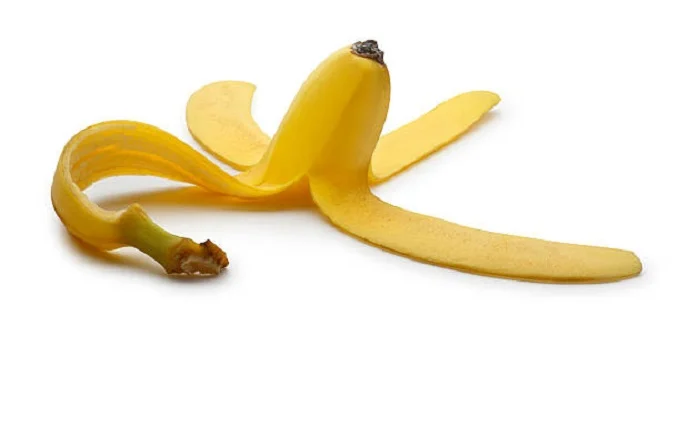5 unexpected home uses of banana peels

Nobody considers banana peels to be anything particularly valuable, so they almost always go to the trash bin immediately (after the banana has been eaten, of course). But do not rush to throw away this fruit skin, as it can be very useful in everyday life.
Banana peel can clean silver jewelry
From jewelry to spoons, most silverware darkens over time and doesn’t look as attractive as it did when you bought it. But with the help of banana peels, this can be remedied.
It contains fruit acids that can refine the silver and restore its former gloss and brightness. Rub the inside of a fresh banana peel over the silver piece, rinse with water and wipe with a paper towel or a soft, lint-free cloth.
Filter the water
Banana peels can cleanse not only silver but also water. This is because banana peels can absorb some heavy metals (lead, nickel, copper, etc. ).
Of course, the peel’s capabilities are limited, and it cannot fully replace a high-quality filter. But fruit peels come in handy when you don’t even have a simple water purifier on hand.
Clean your shoes
Due to its high potassium content, banana peels do an excellent job cleaning shoes and other leather goods. Wipe the garment with the inside of the peel, remove any remaining lint and use a soft cloth
After that, your boots, shoes, and gloves will shine no worse than after using a special cream.
Remove the splinter
Removing a splinter is not a pleasant experience, but the banana peel can make it easier. Put a small part of the banana peel in place with the splinter, wrap with a bandage, or secure with a plaster (if there is no allergy), and leave for about 24 hours.
The enzymes in the peel will help pull out even deep-seated splinters so you can reach them quickly. After successfully removing the splinter, do not forget to treat the affected area with hydrogen peroxide.
Fertilize plants
Banana peels can be an excellent fertilizer for indoor plants. To do this, it must be crushed and buried in the ground to a depth of at least ten centimeters; otherwise, parts of the skin will become moldy. Then you can plant the plant itself or seeds in the ground.
Thanks to this fertilization, the plants become more resistant and less sick. You can also peel the large, dense leaves of flowers such as monstera, ficus, and orchids with the skin.




